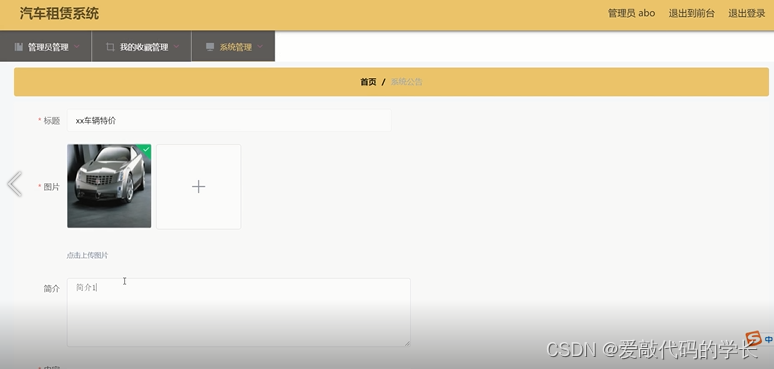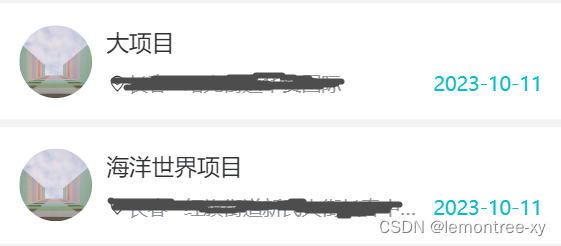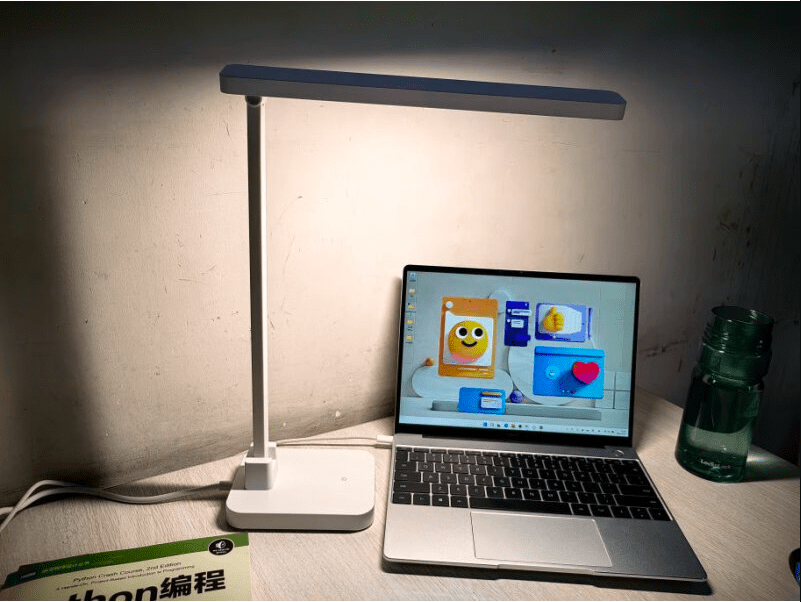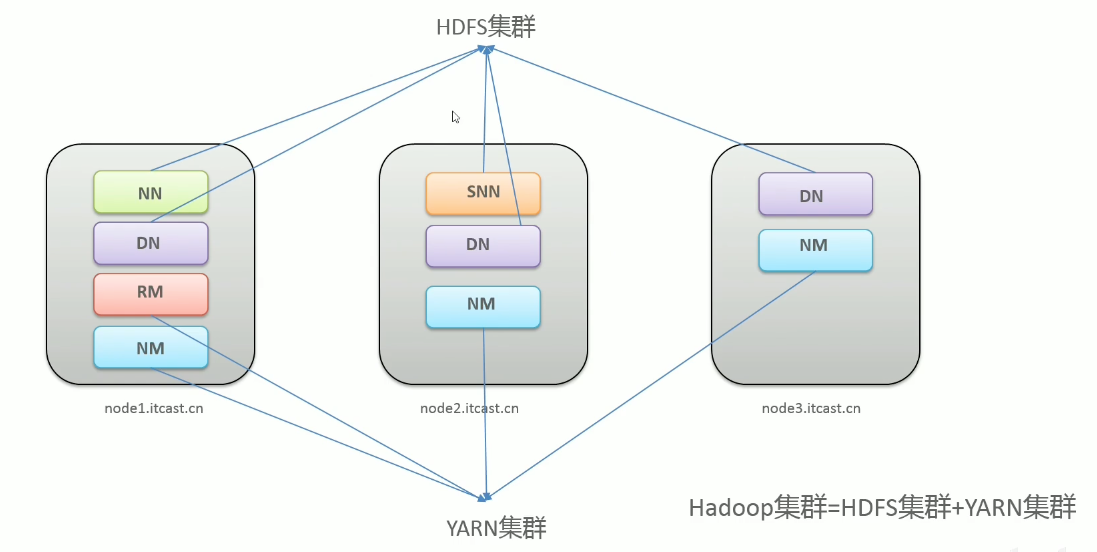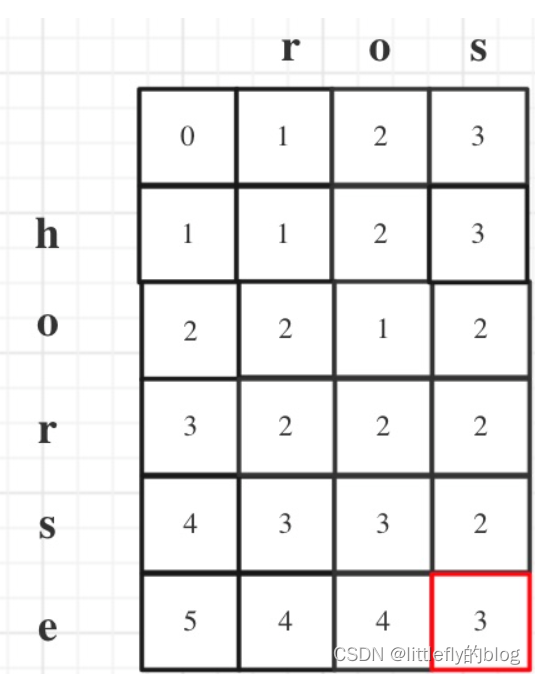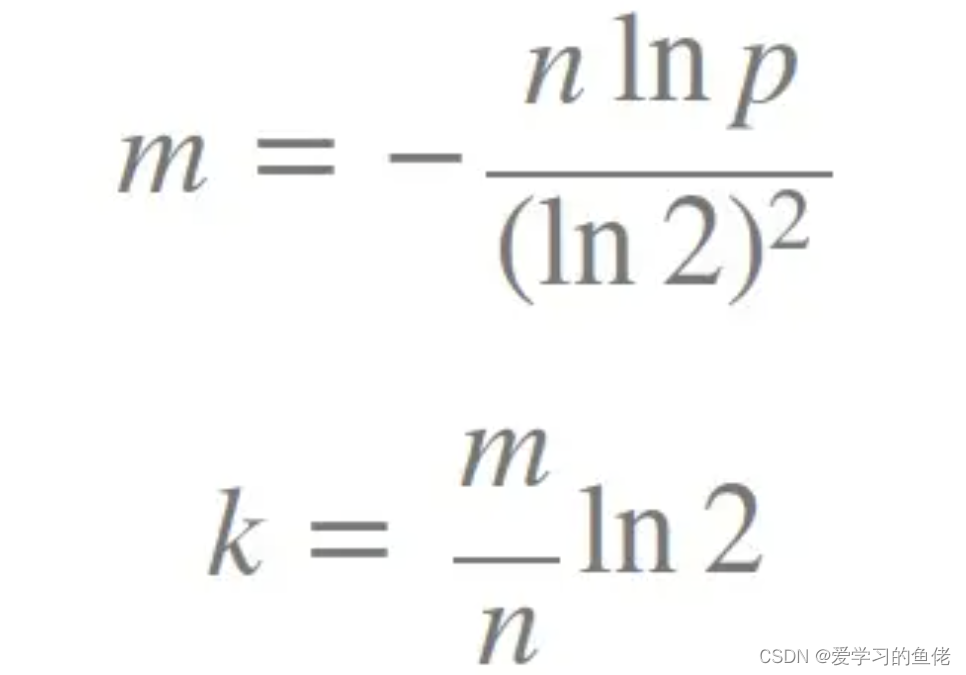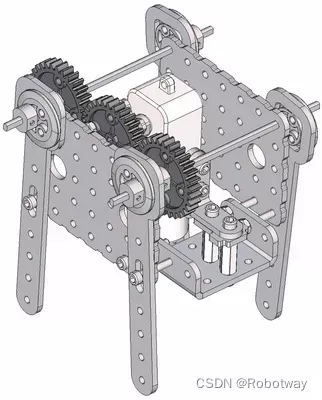目录
1.简单折线
2.数学折线
3.可滑动折线
1.简单折线
//![1] //! 折现段坐标 QLineSeries *series = new QLineSeries(); //![1] //![2] //! 添加点 series->append(0, 6); series->append(2, 4); series->append(3, 8); series->append(7, 4); series->append(10, 5); *series << QPointF(11, 1) << QPointF(13, 3) << QPointF(17, 6) << QPointF(18, 3) << QPointF(20, 2); //![2] //![3] QChart *chart = new QChart(); chart->legend()->hide(); chart->addSeries(series); //根据已添加到图表中的系列为图表创建轴。以前添加到图表中的任何轴都将被删除 chart->createDefaultAxes(); chart->setTitle("Simple line chart example"); //![3] //![4] QChartView *chartView = new QChartView(chart); chartView->setRenderHint(QPainter::Antialiasing); //![4]

2.数学折线
QChartView* cview = new QChartView(this);
cview->setRenderHints(QPainter::Antialiasing);
QChart* chart = new QChart();
chart->setTitle("Simple line");
cview->setChart(chart);
setCentralWidget(cview);
QLineSeries* seriesS = new QLineSeries;
QLineSeries* seriesC = new QLineSeries;
seriesS->setName("Sinθ");
seriesC->setName("Cosθ");
chart->addSeries(seriesS);
chart->addSeries(seriesC);
//添加数据绘制
qreal y0,y1,t=0,intv=0.1;
size_t count=100;
for (size_t i=0;i<count;i++)
{
y0 = qSin(t);
y1 = qCos(t);
seriesS->append(t,y0);
seriesC->append(t,y1);
t += intv;
}
QValueAxis* axixX = new QValueAxis;
axixX->setRange(0,10);
chart->setAxisX(axixX,seriesS);
chart->setAxisX(axixX,seriesC);
QValueAxis* axixY = new QValueAxis;
axixY->setRange(-2,1);
chart->setAxisY(axixY,seriesS);
chart->setAxisY(axixY,seriesC);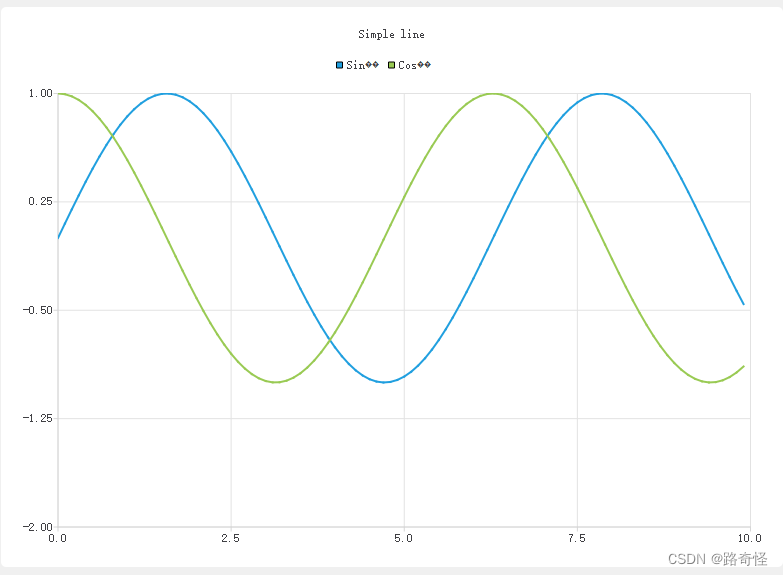
3.可滑动折线
本质逻辑上与上面差不多,但是如果要放大/缩小等操作,需要重写一下QChartView函数,如果是触摸的需要重写QChart的bool sceneEvent(QEvent *event);
bool viewportEvent(QEvent *event);
void mousePressEvent(QMouseEvent *event);
void mouseMoveEvent(QMouseEvent *event);
void mouseReleaseEvent(QMouseEvent *event);
void keyPressEvent(QKeyEvent *event);chart.h
/****************************************************************************
**
** Copyright (C) 2016 The Qt Company Ltd.
** Contact: https://www.qt.io/licensing/
**
** This file is part of the Qt Charts module of the Qt Toolkit.
**
** $QT_BEGIN_LICENSE:GPL$
** Commercial License Usage
** Licensees holding valid commercial Qt licenses may use this file in
** accordance with the commercial license agreement provided with the
** Software or, alternatively, in accordance with the terms contained in
** a written agreement between you and The Qt Company. For licensing terms
** and conditions see https://www.qt.io/terms-conditions. For further
** information use the contact form at https://www.qt.io/contact-us.
**
** GNU General Public License Usage
** Alternatively, this file may be used under the terms of the GNU
** General Public License version 3 or (at your option) any later version
** approved by the KDE Free Qt Foundation. The licenses are as published by
** the Free Software Foundation and appearing in the file LICENSE.GPL3
** included in the packaging of this file. Please review the following
** information to ensure the GNU General Public License requirements will
** be met: https://www.gnu.org/licenses/gpl-3.0.html.
**
** $QT_END_LICENSE$
**
****************************************************************************/
#ifndef CHART_H
#define CHART_H
#include <QtCharts/QChart>
QT_BEGIN_NAMESPACE
class QGestureEvent;
QT_END_NAMESPACE
QT_CHARTS_USE_NAMESPACE
//![1]
class Chart : public QChart
//![1]
{
public:
explicit Chart(QGraphicsItem *parent = 0, Qt::WindowFlags wFlags = 0);
~Chart();
protected:
bool sceneEvent(QEvent *event);
private:
bool gestureEvent(QGestureEvent *event);
private:
};
#endif // CHART_H
chart.cpp
/****************************************************************************
**
** Copyright (C) 2016 The Qt Company Ltd.
** Contact: https://www.qt.io/licensing/
**
** This file is part of the Qt Charts module of the Qt Toolkit.
**
** $QT_BEGIN_LICENSE:GPL$
** Commercial License Usage
** Licensees holding valid commercial Qt licenses may use this file in
** accordance with the commercial license agreement provided with the
** Software or, alternatively, in accordance with the terms contained in
** a written agreement between you and The Qt Company. For licensing terms
** and conditions see https://www.qt.io/terms-conditions. For further
** information use the contact form at https://www.qt.io/contact-us.
**
** GNU General Public License Usage
** Alternatively, this file may be used under the terms of the GNU
** General Public License version 3 or (at your option) any later version
** approved by the KDE Free Qt Foundation. The licenses are as published by
** the Free Software Foundation and appearing in the file LICENSE.GPL3
** included in the packaging of this file. Please review the following
** information to ensure the GNU General Public License requirements will
** be met: https://www.gnu.org/licenses/gpl-3.0.html.
**
** $QT_END_LICENSE$
**
****************************************************************************/
#include "chart.h"
#include <QtWidgets/QGesture>
#include <QtWidgets/QGraphicsScene>
#include <QtWidgets/QGraphicsView>
Chart::Chart(QGraphicsItem *parent, Qt::WindowFlags wFlags)
: QChart(QChart::ChartTypeCartesian, parent, wFlags)
{
// Seems that QGraphicsView (QChartView) does not grab gestures.
// They can only be grabbed here in the QGraphicsWidget (QChart).
grabGesture(Qt::PanGesture);
grabGesture(Qt::PinchGesture);
}
Chart::~Chart()
{
}
//![1]
bool Chart::sceneEvent(QEvent *event)
{
if (event->type() == QEvent::Gesture)
return gestureEvent(static_cast<QGestureEvent *>(event));
return QChart::event(event);
}
bool Chart::gestureEvent(QGestureEvent *event)
{
if (QGesture *gesture = event->gesture(Qt::PanGesture)) {
QPanGesture *pan = static_cast<QPanGesture *>(gesture);
QChart::scroll(-(pan->delta().x()), pan->delta().y());
}
if (QGesture *gesture = event->gesture(Qt::PinchGesture)) {
QPinchGesture *pinch = static_cast<QPinchGesture *>(gesture);
if (pinch->changeFlags() & QPinchGesture::ScaleFactorChanged)
QChart::zoom(pinch->scaleFactor());
}
return true;
}
//![1]
chartview.h
/****************************************************************************
**
** Copyright (C) 2016 The Qt Company Ltd.
** Contact: https://www.qt.io/licensing/
**
** This file is part of the Qt Charts module of the Qt Toolkit.
**
** $QT_BEGIN_LICENSE:GPL$
** Commercial License Usage
** Licensees holding valid commercial Qt licenses may use this file in
** accordance with the commercial license agreement provided with the
** Software or, alternatively, in accordance with the terms contained in
** a written agreement between you and The Qt Company. For licensing terms
** and conditions see https://www.qt.io/terms-conditions. For further
** information use the contact form at https://www.qt.io/contact-us.
**
** GNU General Public License Usage
** Alternatively, this file may be used under the terms of the GNU
** General Public License version 3 or (at your option) any later version
** approved by the KDE Free Qt Foundation. The licenses are as published by
** the Free Software Foundation and appearing in the file LICENSE.GPL3
** included in the packaging of this file. Please review the following
** information to ensure the GNU General Public License requirements will
** be met: https://www.gnu.org/licenses/gpl-3.0.html.
**
** $QT_END_LICENSE$
**
****************************************************************************/
#ifndef CHARTVIEW_H
#define CHARTVIEW_H
#include <QtCharts/QChartView>
#include <QtWidgets/QRubberBand>
QT_CHARTS_USE_NAMESPACE
//![1]
class ChartView : public QChartView
//![1]
{
public:
ChartView(QChart *chart, QWidget *parent = 0);
//![2]
protected:
bool viewportEvent(QEvent *event);
void mousePressEvent(QMouseEvent *event);
void mouseMoveEvent(QMouseEvent *event);
void mouseReleaseEvent(QMouseEvent *event);
void keyPressEvent(QKeyEvent *event);
//![2]
private:
bool m_isTouching;
};
#endif
chartview.cpp
/****************************************************************************
**
** Copyright (C) 2016 The Qt Company Ltd.
** Contact: https://www.qt.io/licensing/
**
** This file is part of the Qt Charts module of the Qt Toolkit.
**
** $QT_BEGIN_LICENSE:GPL$
** Commercial License Usage
** Licensees holding valid commercial Qt licenses may use this file in
** accordance with the commercial license agreement provided with the
** Software or, alternatively, in accordance with the terms contained in
** a written agreement between you and The Qt Company. For licensing terms
** and conditions see https://www.qt.io/terms-conditions. For further
** information use the contact form at https://www.qt.io/contact-us.
**
** GNU General Public License Usage
** Alternatively, this file may be used under the terms of the GNU
** General Public License version 3 or (at your option) any later version
** approved by the KDE Free Qt Foundation. The licenses are as published by
** the Free Software Foundation and appearing in the file LICENSE.GPL3
** included in the packaging of this file. Please review the following
** information to ensure the GNU General Public License requirements will
** be met: https://www.gnu.org/licenses/gpl-3.0.html.
**
** $QT_END_LICENSE$
**
****************************************************************************/
#include "chartview.h"
#include <QtGui/QMouseEvent>
ChartView::ChartView(QChart *chart, QWidget *parent) :
QChartView(chart, parent),
m_isTouching(false)
{
setRubberBand(QChartView::RectangleRubberBand);
}
bool ChartView::viewportEvent(QEvent *event)
{
if (event->type() == QEvent::TouchBegin) {
// By default touch events are converted to mouse events. So
// after this event we will get a mouse event also but we want
// to handle touch events as gestures only. So we need this safeguard
// to block mouse events that are actually generated from touch.
m_isTouching = true;
// Turn off animations when handling gestures they
// will only slow us down.
chart()->setAnimationOptions(QChart::NoAnimation);
}
return QChartView::viewportEvent(event);
}
void ChartView::mousePressEvent(QMouseEvent *event)
{
if (m_isTouching)
return;
QChartView::mousePressEvent(event);
}
void ChartView::mouseMoveEvent(QMouseEvent *event)
{
if (m_isTouching)
return;
QChartView::mouseMoveEvent(event);
}
void ChartView::mouseReleaseEvent(QMouseEvent *event)
{
if (m_isTouching)
m_isTouching = false;
// Because we disabled animations when touch event was detected
// we must put them back on.
chart()->setAnimationOptions(QChart::SeriesAnimations);
QChartView::mouseReleaseEvent(event);
}
//![1]
void ChartView::keyPressEvent(QKeyEvent *event)
{
switch (event->key()) {
case Qt::Key_Plus:
chart()->zoomIn();
break;
case Qt::Key_Minus:
chart()->zoomOut();
break;
//![1]
case Qt::Key_Left:
chart()->scroll(-10, 0);
break;
case Qt::Key_Right:
chart()->scroll(10, 0);
break;
case Qt::Key_Up:
chart()->scroll(0, 10);
break;
case Qt::Key_Down:
chart()->scroll(0, -10);
break;
default:
QGraphicsView::keyPressEvent(event);
break;
}
}
main.cpp
/****************************************************************************
**
** Copyright (C) 2016 The Qt Company Ltd.
** Contact: https://www.qt.io/licensing/
**
** This file is part of the Qt Charts module of the Qt Toolkit.
**
** $QT_BEGIN_LICENSE:GPL$
** Commercial License Usage
** Licensees holding valid commercial Qt licenses may use this file in
** accordance with the commercial license agreement provided with the
** Software or, alternatively, in accordance with the terms contained in
** a written agreement between you and The Qt Company. For licensing terms
** and conditions see https://www.qt.io/terms-conditions. For further
** information use the contact form at https://www.qt.io/contact-us.
**
** GNU General Public License Usage
** Alternatively, this file may be used under the terms of the GNU
** General Public License version 3 or (at your option) any later version
** approved by the KDE Free Qt Foundation. The licenses are as published by
** the Free Software Foundation and appearing in the file LICENSE.GPL3
** included in the packaging of this file. Please review the following
** information to ensure the GNU General Public License requirements will
** be met: https://www.gnu.org/licenses/gpl-3.0.html.
**
** $QT_END_LICENSE$
**
****************************************************************************/
#include "chart.h"
#include "chartview.h"
#include <QtWidgets/QApplication>
#include <QtWidgets/QMainWindow>
#include <QtCore/QtMath>
#include <QtCore/QRandomGenerator>
#include <QtCharts/QLineSeries>
#include <QtCharts/QValueAxis>
QT_CHARTS_USE_NAMESPACE
int main(int argc, char *argv[])
{
QApplication a(argc, argv);
//![1]
QLineSeries *series = new QLineSeries();
for (int i = 0; i < 500; i++) {
QPointF p((qreal) i, qSin(M_PI / 50 * i) * 100);
p.ry() += QRandomGenerator::global()->bounded(20);
*series << p;
}
//![1]
Chart *chart = new Chart();
chart->addSeries(series);
chart->setTitle("Zoom in/out example");
chart->setAnimationOptions(QChart::SeriesAnimations);
chart->legend()->hide();
chart->createDefaultAxes();
ChartView *chartView = new ChartView(chart);
chartView->setRenderHint(QPainter::Antialiasing);
QMainWindow window;
window.setCentralWidget(chartView);
window.resize(400, 300);
window.grabGesture(Qt::PanGesture);
window.grabGesture(Qt::PinchGesture);
window.show();
return a.exec();
}

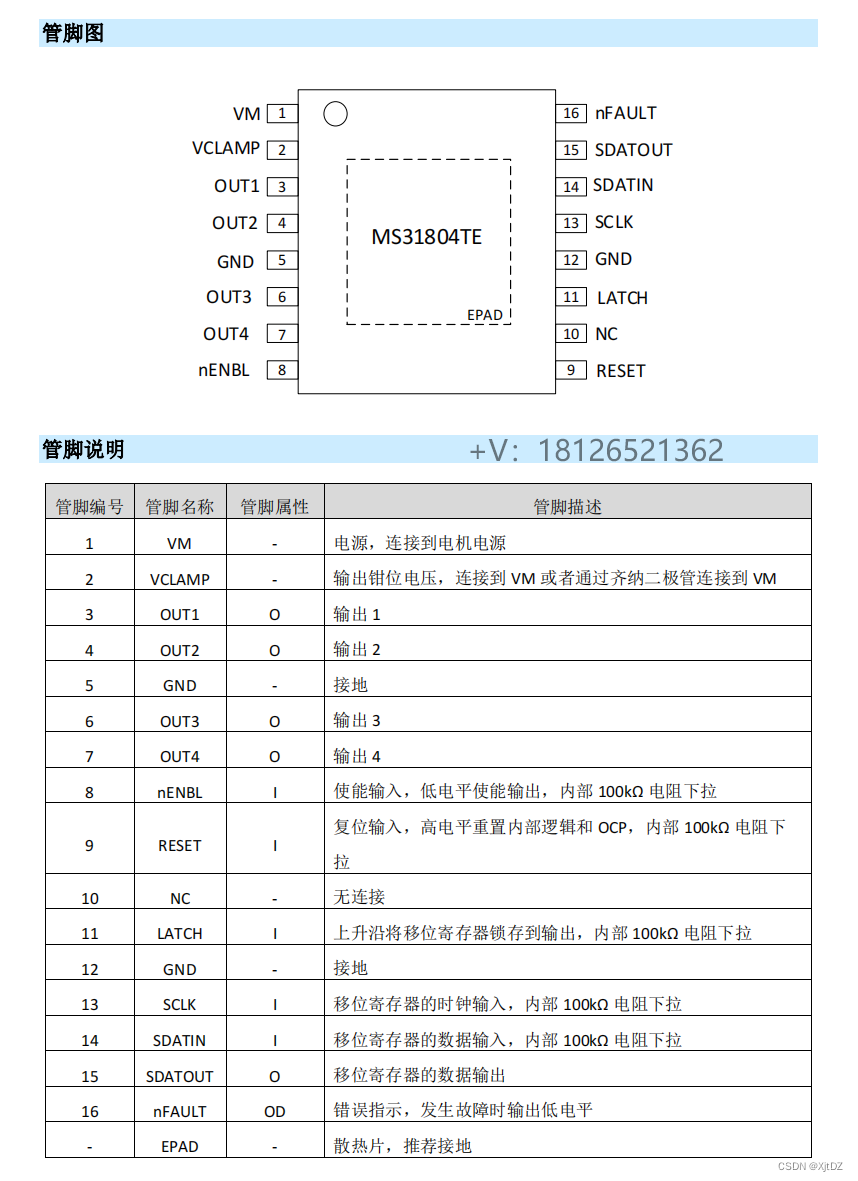

![[ACTF2020 新生赛]Exec1](https://img-blog.csdnimg.cn/aaf7f23661c94b068693ab63618e524c.jpeg)
